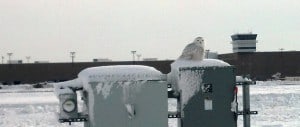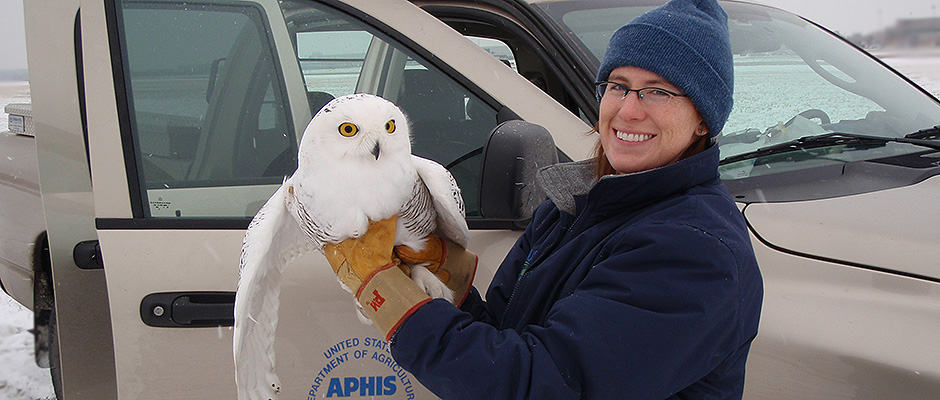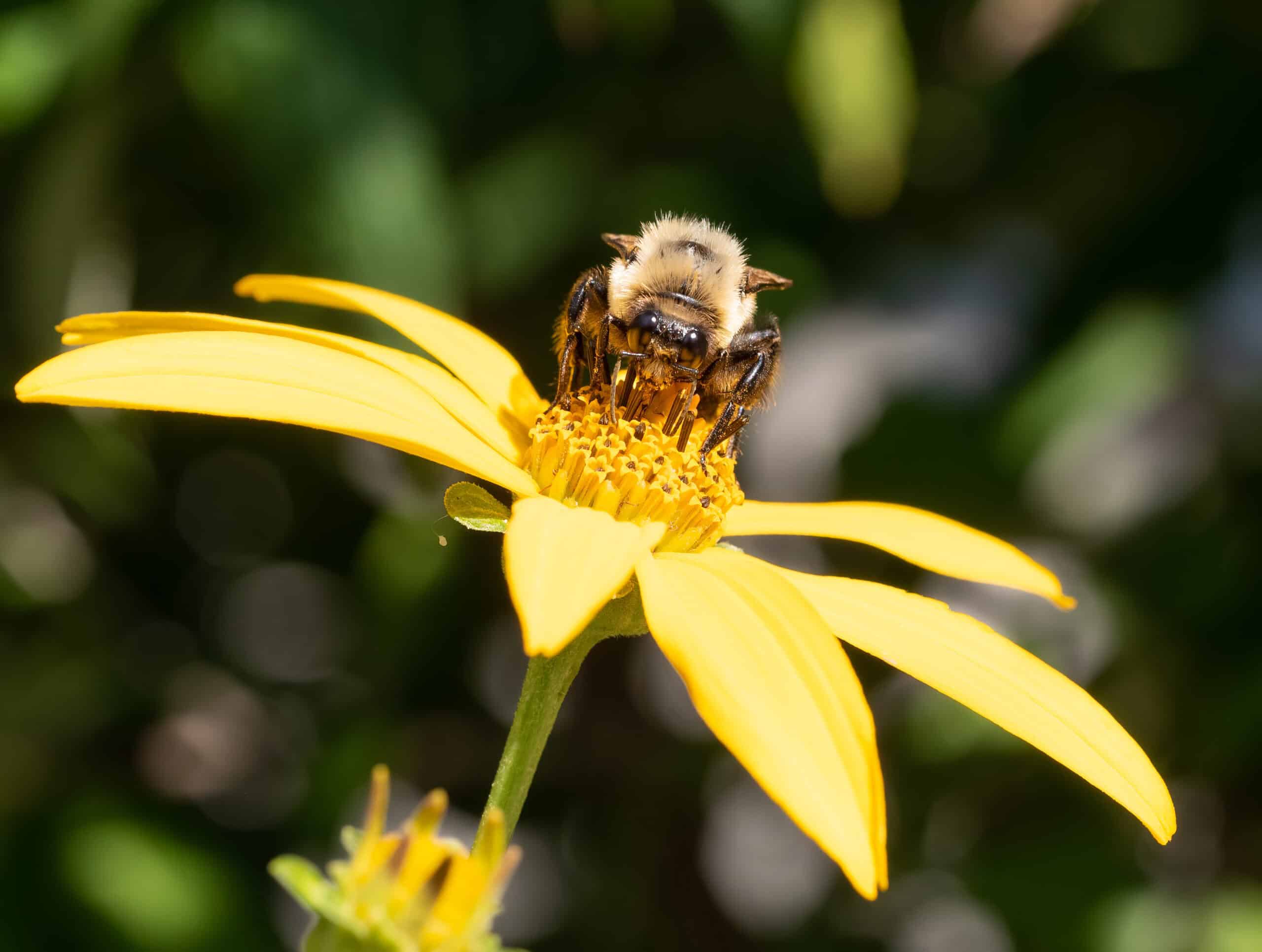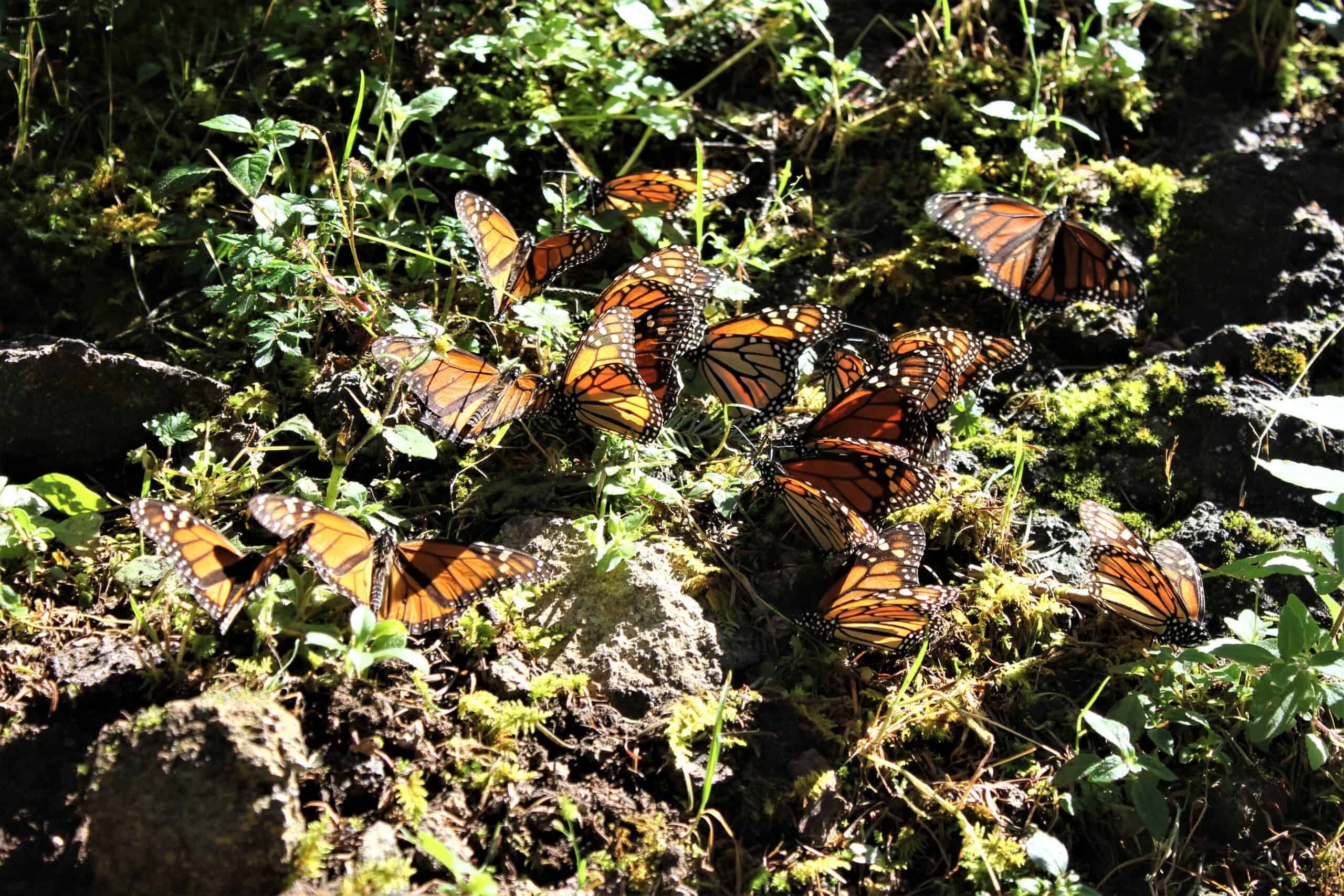Share this article
Snowy Owls Returning, Research Continues
During the winter of 2013-14, scientists and the public throughout the eastern states were amazed – and often delighted – by an almost unprecedented influx of snowy owls. Snowy owls were reported west to Kansas and North Dakota and as far south as Florida. Rumors suggested one owl may have made it to Bermuda.
The typical migration of snowy owls reaches the southern border of Canada with northern states, such as Minnesota to Massachusetts, seeing wintering owls every year. Irruption years are characterized by many more owls and a much wider distribution. After last year’s significant event and a slightly less-impressive one in 2011, biologists have been waiting to see what this winter of 2014-15 will bring.

Scott Weidensaul fits a snowy owl with a transmitter assisted by WS airport biologist Jennifer Dzimiela Martin; this owl was trapped and relocated away from Philadelphia International Airport.
Image Credit: Project SNOWstorm
Last winter’s irruption also saw the creation of Project SNOWstorm, a research program to develop information about these raptors using banding, telemetry and other techniques. A total of 22 snowy owls were outfitted with GPS-GSM transmitters in the program initiated by David F. Brinker, Maryland Department of Natural Resources; Scott Weidensaul, the Ned Smith Center for Nature and Art; and Norman Smith, Massachusetts Audubon. As a part of Project SNOWstorm, Wildlife Services (WS) and those researchers trapped and outfitted two birds at the airport in Philadelphia and three in Boston.
WS biologists and specialists interact with snowy owls, primarily at airports where their size and flying habits make them hazardous to aviation. Last year’s influx prompted the Federal Aviation Administration to issue a safety reminder to the Nation’s airports.

A snowy owl settles down on equipment at the edge of a Midwestern airport in 2014.
Image Credit: USDA, Wildlife Services
By mid-November 2014, snowy owls were frequenting New England airports and being seen in southern Maryland. By December, Maine airports had reported three snowy owls strikes, all fatal for the birds. WS airport staff trapped owls, taught trapping skills to airport personnel, and built traps for airport use. By Dec. 19, a dozen snowy owls had been banded and relocated away from Maine airports. In Michigan, WS had relocated seven snowy owls. In one week, Michigan birding groups raised funds for three transmitters, to be outfitted on birds by WS, in cooperation with Project SNOWstorm, a primarily privately funded program.
Although snowy owls are reportedly resistant to dispersal techniques, from FY 06-13 WS staff chased about 300 away from locations were they posed a conflict and another 100 were trapped and relocated, more than half from Logan airport. Nonlethal methods accounted for 97 percent of all interactions.
Wildlife Services is a Strategic Partner of The Wildlife Society
Header Image:
In 2008 a Wildlife Services airport biologist moved a snowy owl off a Minnesota airport.
Image Credit: USDA, Wildlife Services








